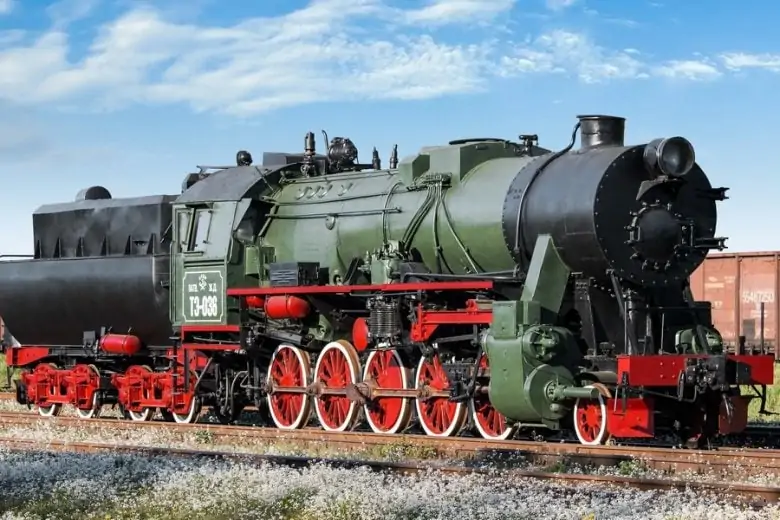
Railways are an important part of modern civilisation and vital arteries for many countries, as well as a friend to adventurers. The importance of railway is inestimable, and the smell of railway is unmistakable. The Latvian Railway history Museum, established in 1990, invites you to explore the world of railways. An interesting feature of the museum is that it is situated near a functioning railway line, allowing visitors to feel the pulse of modern railways as well.
In the White Hall of the museum, exhibition "History of Rolling Stock in Latvia, 1858–1940" informs about the beginnings of steam locomotives in England at the start of the 19th century and presents a cross-section of a steam engine. This part of the exhibition also informs about the construction of first railways in Latvia from 1858. The other part of the exhibition deals with locomotives in the Republic of Latvia (1919–1940), especially locomotives and motorised cars designed and built by Latvian engineers. Some of the locomotives were of unique design and were being written about by prestigious railway publications.
Exhibition "Train Station from Staff Entrance" begins in the rolling stock depot and proceeds to an improvised railway platform. From there, visitors are taken to the station's waiting room with old train schedules and tickets, information about tourist trains at the end of 1930s, the Riga Railway Station and the history of railway bridges.
There is also a scale model of Latvian train stations, featuring scale models of freighters as well as passenger trains.
Yet it is the open-air exhibition of rolling stock that makes visitors really feel the spirit of railway. There are locomotives from various periods of history parked next to each other on four railway tracks, as well as train cars and railway maintenance machinery. Visitors can see how mechanical and electrical railway signals function, and there is a bench where one may sit for a while to watch the busy life of a railway station. You may also want to take a guided tour of the diesel locomotive's cabin, accumulator railcar and steam locomotive, as well as a lounge car of the 1930s. A visit to the locomotive cabin may help you realise how railway workers used to live and work at that time.
In a different area of the museum, a locomotive depot of the 1880s has been transformed into a venue for various events, concerts, exhibitions, and performances.
Why visit
The Latvian Railway History Museum offers an engaging journey through the history of rail transport in Latvia and the wider region. Housed in a former locomotive depot just across the Daugava River from Riga’s Old Town, the museum displays a striking collection of historic locomotives, carriages, and rail maintenance machinery. Whether you're a lifelong train enthusiast or simply curious, the exhibits - both indoors and outdoors - offer a firsthand glimpse into the technical and cultural evolution of rail travel.
Historical highlight
Recognized as one of the most important collections of wide-gauge railway equipment in Europe, the museum preserves rare examples of locomotives and rolling stock. These vehicles not only represent engineering milestones but also reflect key chapters in Latvia’s history - from imperial-era innovations to Soviet-era infrastructure and modern development.
How to get there
The museum is located at Uzvaras bulvāris 2A in the Pārdaugava district of Riga, just a short walk across the river from the city centre. It’s easily accessible by public transport, with several trams and buses connecting it to the Central Station, Old Town, and other key areas. Its proximity to landmarks like the National Library makes it an easy and worthwhile stop during your visit to Riga.
